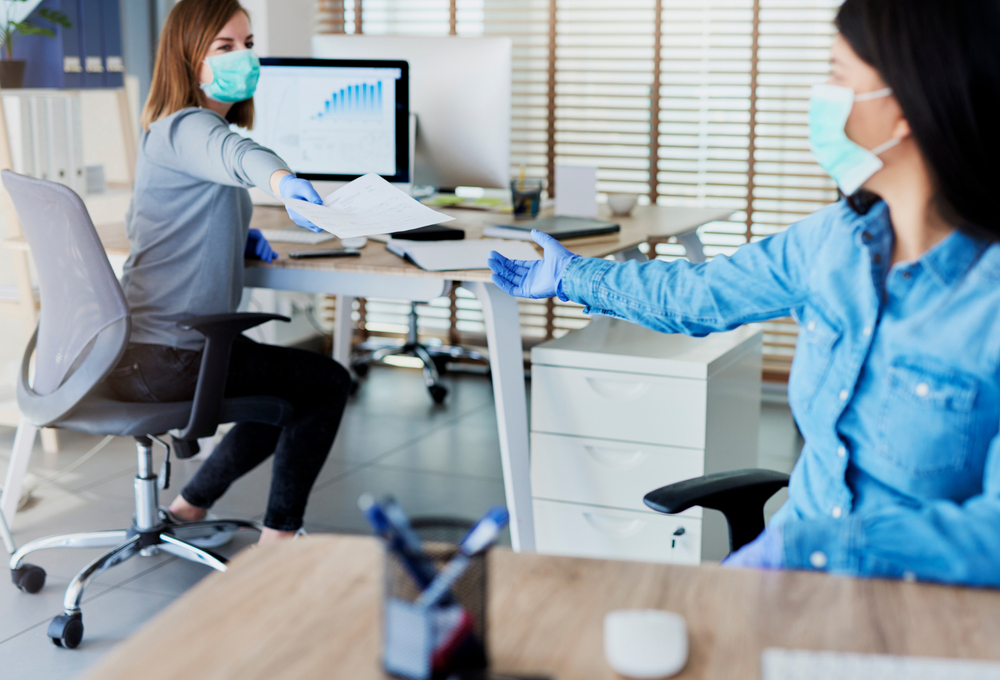Everyone is anxious for COVID restrictions to be behind us. We’re craving our routines and want to be able to meet up with loved ones more often.
The same is true for the workplace—employers and employees alike are looking forward to the days when COVID is no longer significantly impacting how everything works. With that in mind, let’s take a look at some tips for preparing the workplace for post-COVID and the transition period between now and then.
Here are a few tips and ideas to bear in mind as we transition:
- Create a phased reentry strategy for employees who have been working from home to return to the workplace. Decide which employees will come back first, which won’t come back in person full time, and when and how the process will begin.
- Remember that even though vaccines are now available, not everyone will want to get one, and personal protective equipment (PPE) and social distancing should still be used to reduce virus transmission.
- Decide in advance whether your organization will have a vaccine requirement to come back to the workplace. If you do, decide how it will be enforced, such as through incentives, mandates, or both.
- Communicate to employees what leave is or is not available for dealing with a COVID diagnosis or taking care of someone with COVID. (Note: The federal leave program requiring paid time off specifically for COVID-19 has ended, but there is still a reimbursement available to employers that voluntarily offer such leave until the end of March 2021.)
- Create a policy outlining what employees should do if they know or suspect they have been exposed to COVID-19 or if they’re showing symptoms of the virus.
- Create and communicate what health checks, if any, will be required of employees each day. Examples include temperature checks and questionnaires assessing symptoms and risks.
- Order enough PPE to provide to all employees. Remember masks, gloves if appropriate for your workplace, hand sanitizer, sanitizing wipes, etc.
- Implement additional cleaning and sanitizing measures as needed for the entire work space, especially any shared spaces or frequently touched surfaces.
- Determine if workplace updates are needed to allow social distancing within the office. This may mean separating work spaces, moving work areas, installing barriers, etc.
- Consider how travel policies will change as workplaces transition back to face-to-face interactions.
- Not all schools are currently back in session full time. Some are back but doing e-learning days from home, as well. Employers may need more accommodations for working parents while this transition continues.
As the situation evolves, it’s important to remember that not everyone has the same risk level or the same risk tolerance. Some employees have a much higher risk than others of contracting COVID-19 before they can be vaccinated (or even after, given that no vaccine is 100% effective).
Employers also need to remember that the pandemic has affected everyone differently. Some people lost loved ones; some had a mild bout of COVID and recovered; some did not adjust well to losing their social connections for the better part of a year; and others found they thrived while working from home. There is no one-size-fits-all assumption about how employees will be mentally while dealing with the stresses of a pandemic.

